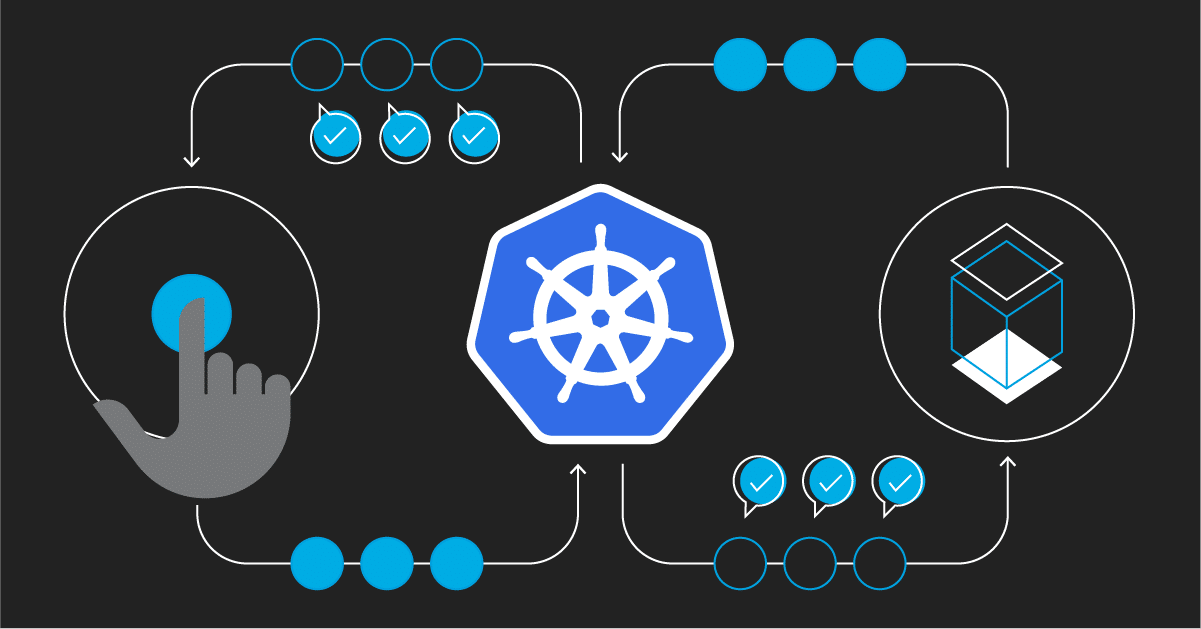
Kubernetes and Harness are two different technologies that serve distinct purposes in the realm of software development, deployment, and management. Let’s take a look at each of them individually:
- Kubernetes: Kubernetes is an open-source container orchestration platform that automates the deployment, scaling, and management of containerized applications. It provides a way to abstract the underlying infrastructure, making it easier to manage and scale applications across various environments. Kubernetes offers features such as automated load balancing, self-healing, rolling updates, and scaling based on demand.
Key features of Kubernetes:
- Container Orchestration: Kubernetes manages the deployment and scaling of containers, allowing you to run applications consistently across different environments.
- Scaling: Kubernetes can scale applications up or down based on defined rules, moreover ensuring optimal resource utilization.
- Load Balancing: It automatically distributes network traffic across the containers in a deployment for improved availability and performance.
- Self-Healing: Kubernetes monitors the health of containers and replaces or restarts them if they fail.
- Rolling Updates: Applications can be updated without downtime by gradually replacing old instances with new ones.
- Declarative Configuration: You define the desired state of your application, and Kubernetes takes care of achieving and maintaining that state.
- Harness: Harness is a platform that focuses on continuous delivery and release automation. It aims to simplify the process of deploying applications and managing their entire lifecycle, from code changes to production. Harness supports various deployment strategies, including canary deployments, blue-green deployments, and then feature flags, It integrates with various CI/CD tools and cloud platforms to automate the release pipeline and ensure consistent and reliable deployments.
Key features of Harness:
- Release Automation: Harness automates the end-to-end deployment process, including building, testing, and deploying applications.
- Deployment Strategies: It supports advanced deployment strategies like canary releases and blue-green deployments, therefore allowing for controlled and low-risk rollouts.
- Pipeline Orchestration: Harness provides a way to design complex deployment pipelines with various stages and actions.
- Infrastructure Provisioning: It can provision the necessary infrastructure for deploying applications, streamlining the process.
- Monitoring and Verification: Harness includes monitoring and verification mechanisms to ensure that deployments are successful and meet defined criteria.
- Feature Flags: Harness supports feature flag management, therefore it allowing you to toggle features on and off without deploying new code.
In summary, Kubernetes primarily focused on container orchestration and management, while Harness focuses on automating the continuous delivery and release process, making it easier to deploy and manage applications in a controlled and efficient manner. They actually complement each other, as Harness can utilize Kubernetes as a deployment target for applications that are containerized. The choice between Kubernetes and Harness would depend on your specific needs and the level of automation and control you require throughout your software development and deployment lifecycle. Please Visit Harness Official Site:
Locus Academy has more than a decade experience in delivering the training, Staffing on Kubernetes and Harness for corporates across the globe. The participants for the training, Staffing on Kubernetes and Harness extremely satisfied and are able to implement the learnings in their on going projects.


